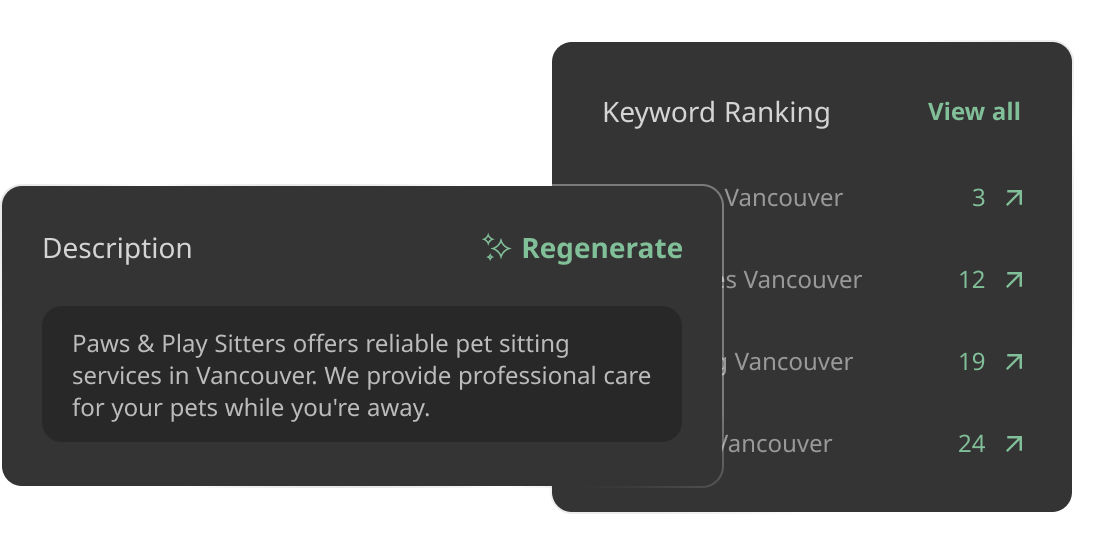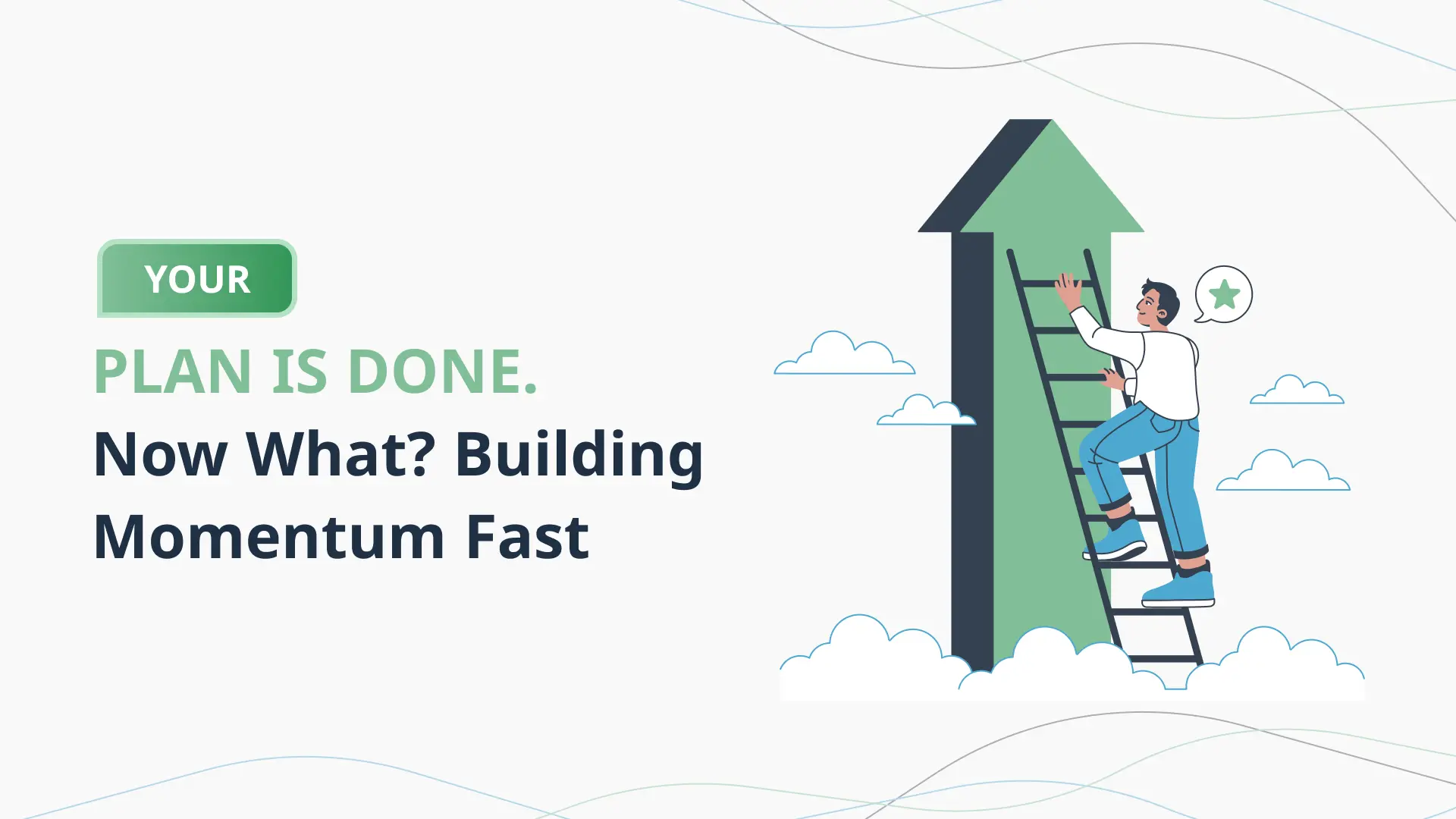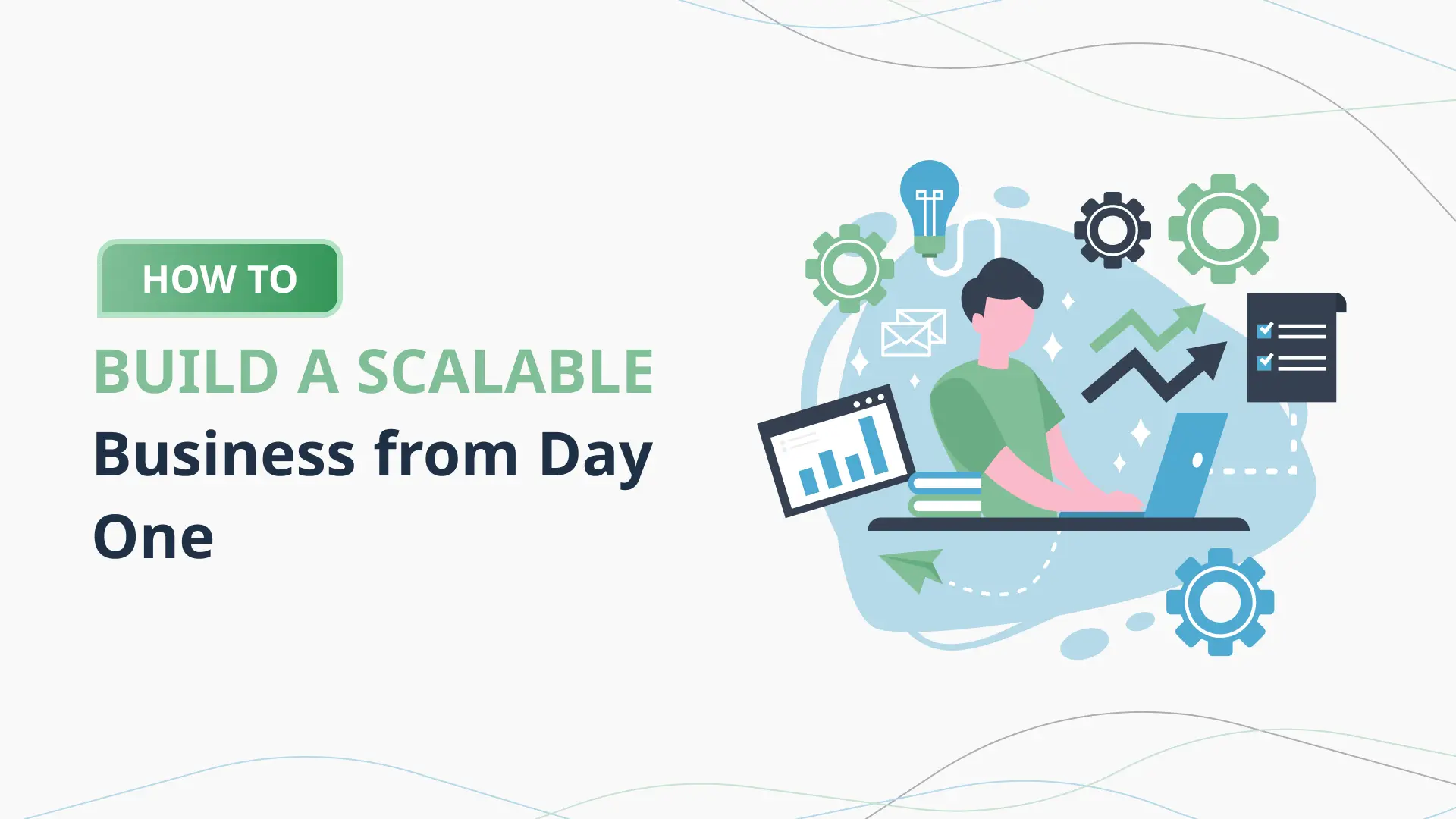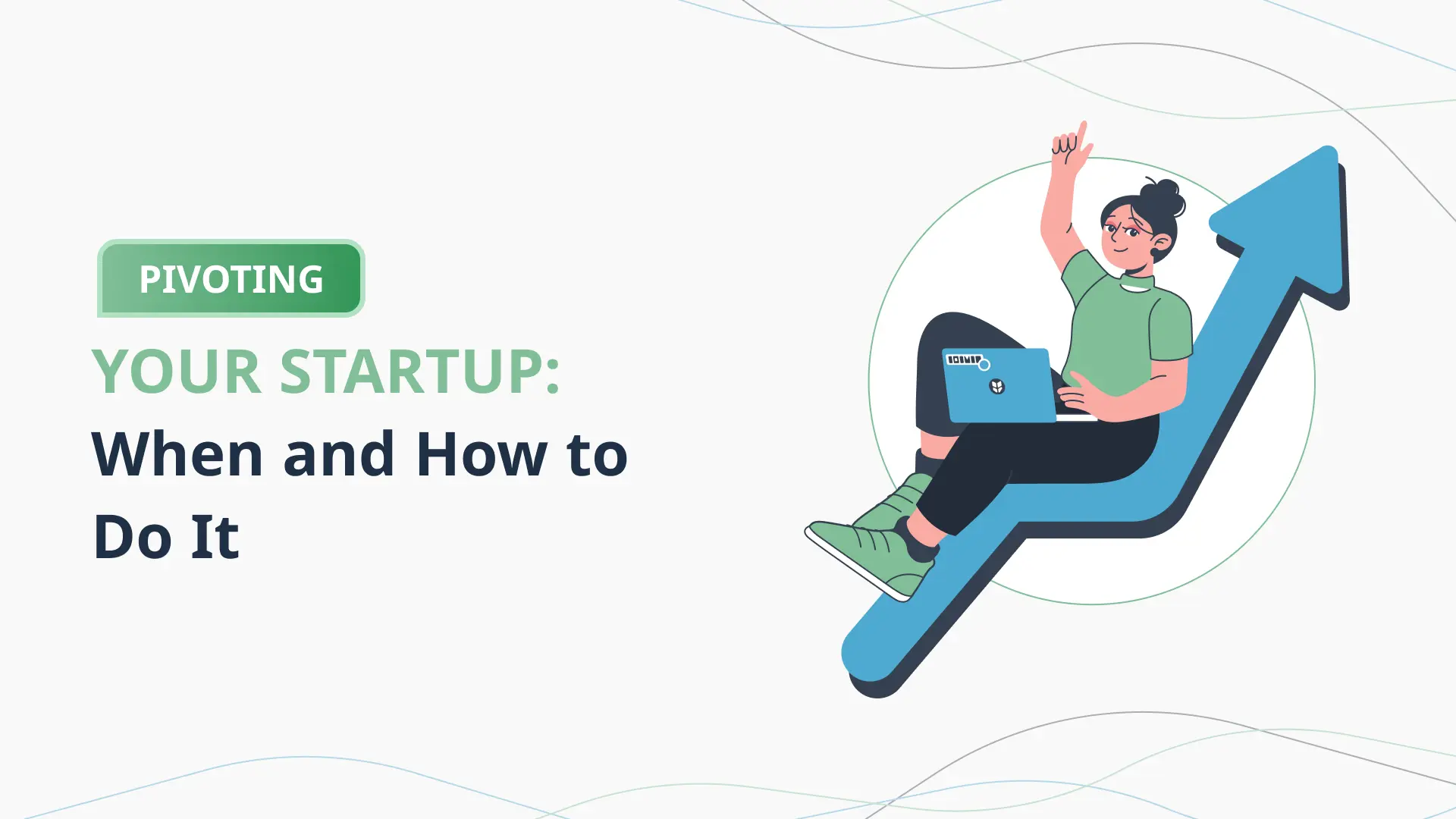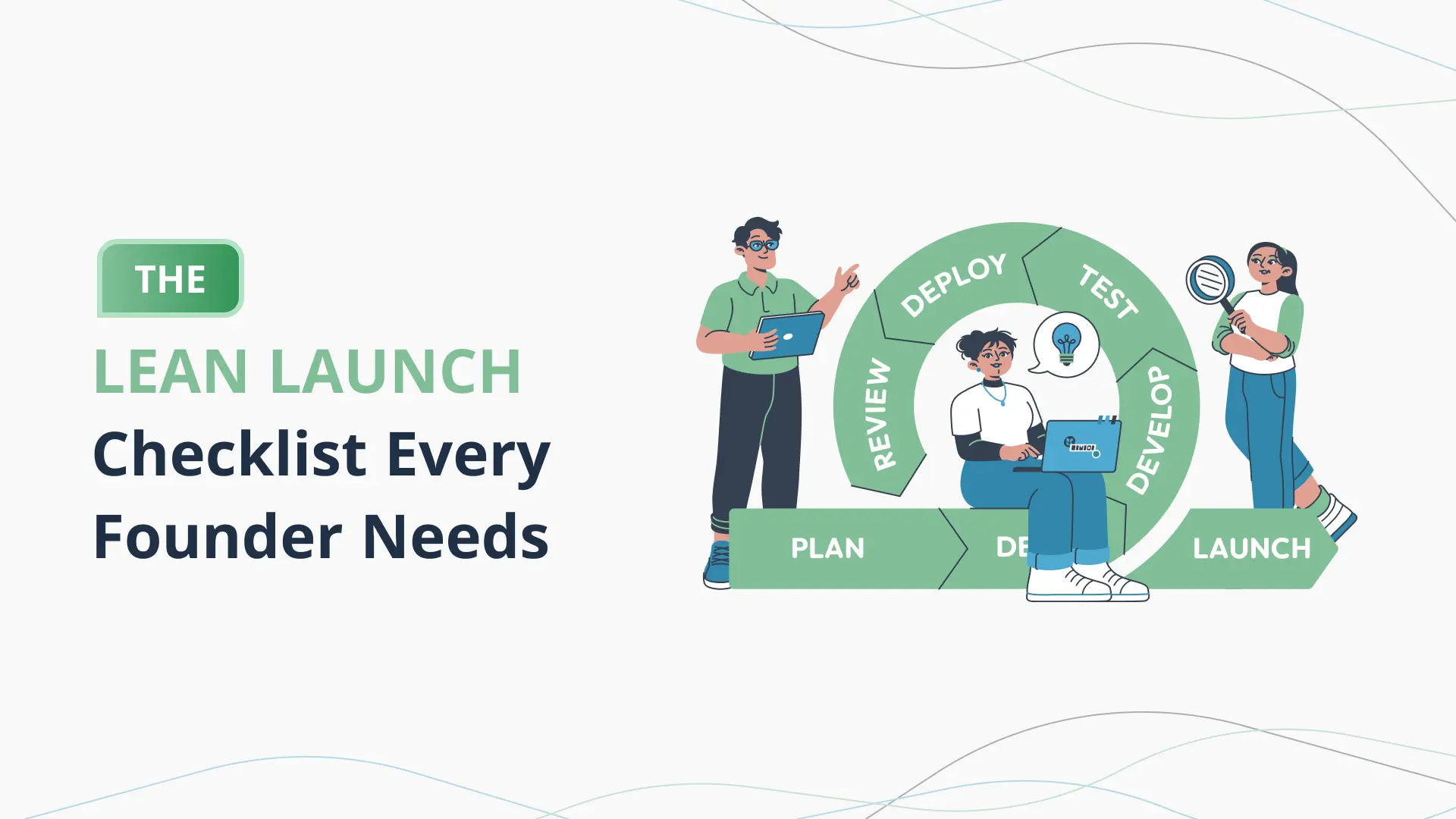How to Write a One-Page Business Plan That Gets Attention
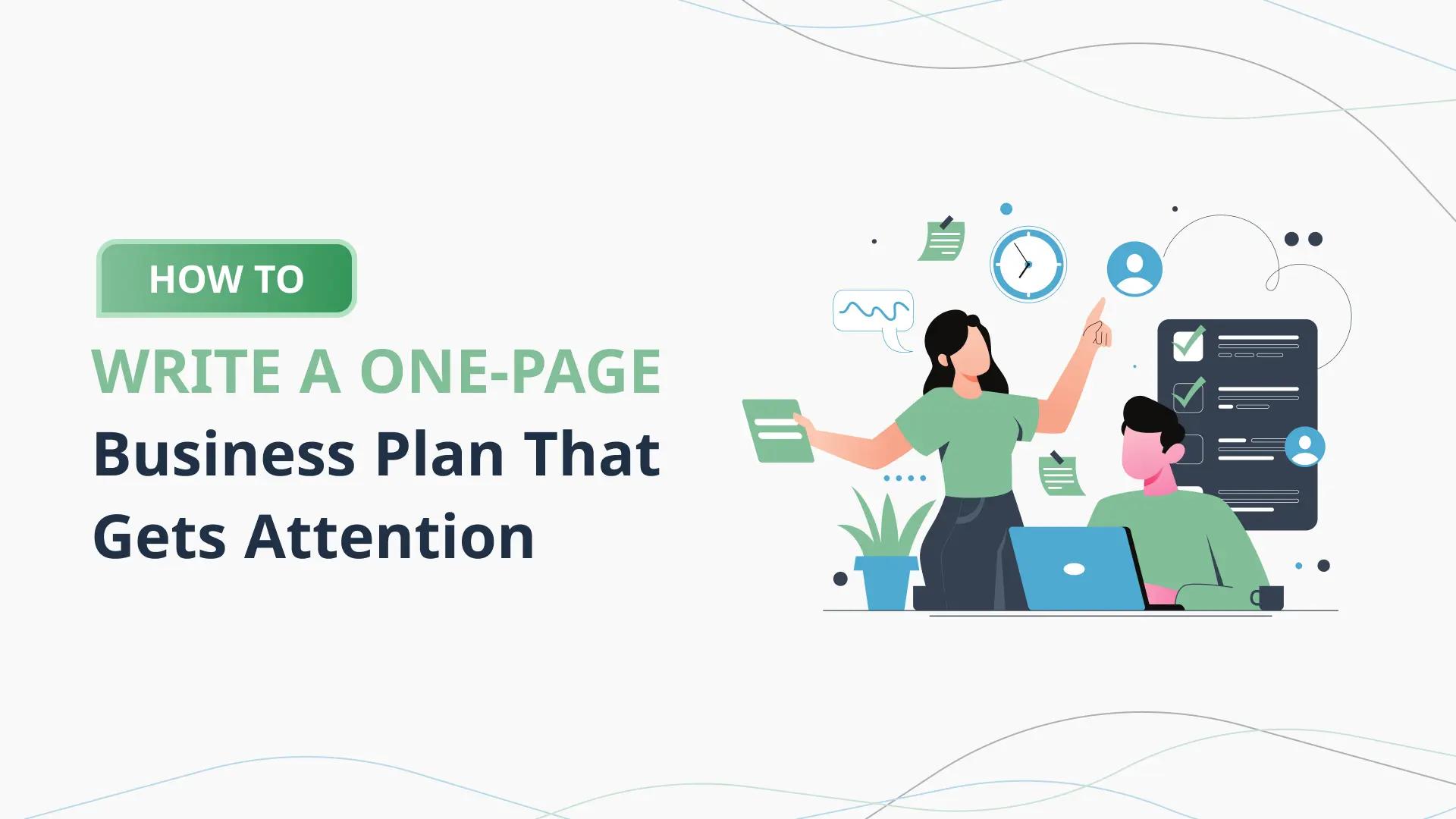
Introduction: One Page. All the Right Answers.
Let’s be honest—most business plans go unread. Not because they aren’t important, but because they’re long, dense, and buried in unnecessary detail. If you’re a startup founder, that’s a problem. Especially when you’re trying to earn investor attention in a crowded inbox or win over an advisor in your first five-minute meeting.
That’s where the one-page business plan comes in.
Simple doesn’t mean shallow. A strong one-pager is a strategic asset. It forces clarity. It shows you’ve prioritized what really matters. And most importantly, it helps others understand your vision at a glance—without flipping through slides or decoding spreadsheets.
In fact, many experienced investors now prefer to see a concise plan before they ever schedule a call. If your one-pager is solid, they know you’re worth their time. If it’s vague or messy, they’ll move on—regardless of how good your product is.
But here’s the tricky part: writing a great one-page business plan isn’t just about condensing text. It’s about communicating value with zero fluff. That means you need a structure that makes sense, language that cuts through, and insights that stand out.
Done right, a one-pager can:
- Kickstart funding conversations
- Get you into accelerators
- Help align your co-founders
- Clarify your own thinking
Done poorly, it’ll end up in someone’s trash folder before they hit the second paragraph.
In this blog post, you’ll learn:
- What a one-page business plan actually is (and what it’s not)
- The nine core elements every one-pager must include
- How to write clearly without sounding generic
- Common mistakes to avoid at all costs
- A real example of a one-page plan that landed funding
- Why tools like PlanVista help you do this faster, cleaner, and better
Whether you’re pitching, hiring, validating, or just trying to organize your thoughts, this post will give you a proven roadmap to create a one-page business plan that gets noticed.
It’s not about compressing your vision—it’s about delivering it in the most efficient way possible.
Ready to turn clarity into momentum? Let’s break it down.
What a One-Page Business Plan Actually Is (and Isn’t)
Let’s clear up a major misconception: a one-page business plan is not a watered-down version of a traditional plan. It’s not about cramming as much text as possible into a tight space or tossing together bullet points last minute before a pitch call.
A one-page business plan is a strategic summary—a way to show potential investors, advisors, or co-founders that you’ve thought through the fundamentals. It should deliver the core of your strategy in a format that’s scannable, clear, and confident.
Think of it like a trailer to a great movie. You’re not telling the whole story—you’re showing why it’s worth watching.
What It Is:
- A compact overview of your startup strategy
- A tool to get attention or earn a follow-up meeting
- A format that forces focus and clarity
- A foundation for your longer business plan or pitch deck
What It’s Not:
- A sloppy brainstorming doc
- A PDF packed with walls of text
- A replacement for detailed financials (though it can preview key numbers)
- A filler page you attach just to check a box
The best one-page plans strike a balance between being informative and digestible. They include the essential pieces of your business, but in a simplified, structured format that speaks the language of early-stage investors.
Why One Page Works (Especially Early)
Investors don’t need your full pitch to decide if they want to learn more. They need:
- A clear problem worth solving
- A product that makes sense
- A path to market
- A team that can execute
If you can convey all of that on one page? You’re ahead of most founders.
And from your side, the one-pager is a clarity tool. It helps you spot holes in your own strategy. If you can’t explain your customer, model, or go-to-market in a few sentences—you probably don’t understand it well enough yet.
The Rise of Lean Planning
More founders are adopting one-pagers early in the startup process. They use them to:
- Align co-founders on direction
- Apply to accelerators or grants
- Start conversations with potential investors
- Organize their thoughts before a full business plan or deck
And with tools like PlanVista, you don’t have to format it manually. You can fill out your key details once and generate an investor-ready one-pager instantly—aligned with the exact sections you’ll learn about in the next part of this post.
Bottom line? A one-page business plan isn’t about doing less. It’s about doing more with less space.
The 9 Essential Elements of a Great One-Page Plan
The goal of a one-page business plan is to give a complete strategic snapshot—without overloading the reader. That means zero fluff, no jargon, and every section doing real work.
Here are the nine components that belong on every high-performing one-pager:
1. Problem
What’s the real, painful issue your target audience faces?
This section should make the reader say, “Yes, I’ve seen that happen” or “That’s a serious pain point.” Be specific, not vague. Use one or two sentences max.
Example: “Small retailers lose 10–20% of revenue due to stockouts caused by poor inventory tracking.”
2. Solution
How are you solving that problem—and why is it better than existing options?
Explain what your product or service does in a simple, outcomes-focused way. Avoid buzzwords. Stick to function and value.
Example: “We offer a mobile-first app that syncs real-time inventory data across all sales channels.”
3. Target Market
Who exactly are you building this for?
Define your primary customer. Mention the size of your addressable market, but keep it grounded.
Example: “U.S.-based DTC brands with $1M–$5M in annual revenue. TAM: $1.2B.”
4. Business Model
How do you make money?
Are you SaaS, subscription, transaction-based, freemium with upgrades? Keep it tight.
Example: “Monthly subscription ranging from $99 to $499 based on inventory volume.”
5. Go-to-Market Strategy
How will you reach your customers?
List 2–3 core acquisition channels and your plan to get traction.
Example: “Targeted LinkedIn ads, Shopify App Store optimization, and email outreach to fulfillment partners.”
6. Traction
What have you done so far?
Early users? Pilot programs? Revenue? Signups? Anything that shows progress.
Example: “120 active users with a 35% conversion rate from free trial to paid within 30 days.”
7. Team
Who’s building this and why are they the right people?
Names, roles, and a sentence about why your team has an edge.
Example: “Founder is ex-Amazon ops manager; CTO built warehouse tech at ShipBob.”
8. Financial Snapshot
What are your key financial projections?
Include high-level metrics—forecasted revenue, costs, or burn rate. Keep it simple.
Example: “$240K ARR projected by end of Year 1. CAC: $120. LTV: $1,050.”
9. The Ask
How much are you raising, and what will it fund?
Be specific and focused on outcomes.
Example: “Raising $400K to fund development, customer acquisition, and hiring for 12-month runway.”
How to Write Clearly Without Sounding Generic
One of the biggest traps founders fall into when creating a one-page business plan is sounding like everyone else. They use vague buzzwords, copy-paste language from pitch decks, or write in a way that’s technically correct—but completely forgettable.
A one-page business plan only works if it’s clear, credible, and distinct. Here’s how to make your writing stand out—without overcomplicating it.
1. Cut the Buzzwords
Phrases like “game-changing,” “revolutionary,” or “disruptive” don’t build confidence—they create distance. Investors and advisors have seen these words hundreds of times. They gloss over them. What they really want is simple, specific language.
Instead of:
“We’re a disruptive platform revolutionizing eCommerce logistics.”
Say:
“We help eCommerce brands reduce shipping costs by automating warehouse routing.”
Plain English wins.
2. Be Specific with Numbers and Outcomes
One of the best ways to avoid sounding generic is to use numbers. If you say your product “saves time,” say how much. If your market is “growing rapidly,” say at what rate. If your product is “better,” explain why—and back it with early proof if possible.
Example:
“We cut invoice processing time by 60% for small accounting firms. One customer processed 500+ payments in 72 hours without errors.”
This kind of specificity gives your plan punch and believability.
3. Use First-Hand Language
When you’re writing about the problem, talk like someone who’s actually spoken to customers—not someone summarizing a research report.
Example:
“Every founder we spoke to said they waste hours chasing late invoices. One told us, ‘It feels like I’m running a collection agency, not a business.’”
Language like this creates an immediate human connection—and shows you’ve done real validation work.
4. Write Short Paragraphs. Use Lists When Helpful.
Dense blocks of text will sink your plan. Break things up. Use bullets where appropriate. Keep sentences short and active. Your goal isn’t to impress with vocabulary—it’s to communicate ideas clearly and quickly.
Bad:
“Our innovative AI-driven engine leverages advanced data streams to create dynamic solutions that enhance business outcomes.”
Better:
“Our AI engine pulls real-time sales data to help businesses restock inventory before they run out.”
5. Don’t Force the Vision—Show It
Every investor knows you want to grow. You don’t need to write, “Our goal is to become the global leader in AI logistics.” Instead, show how your strategy supports scale: repeatable acquisition, product-market fit, and expanding margins.
Keep the focus on what you’re doing—not what you’re dreaming.
Common Mistakes to Avoid When Writing a One-Page Plan
Writing a business plan on one page sounds simple—until you sit down to do it. Founders often end up with something too vague, too cluttered, or too dull to stand out. That’s not just a formatting issue—it’s a strategy problem.
Let’s break down the biggest mistakes founders make with one-page plans—and how to avoid them.
1. Trying to Say Everything
The biggest misconception? That you can cram your entire 30-page plan into a single sheet. That’s how you end up with walls of text, unreadable tables, or a font so small no one wants to squint at it.
The fix:
Focus on clarity, not completeness. Prioritize the essentials: problem, solution, market, model, traction, and team. You’re not telling your full story here—you’re earning the chance to tell more.
2. Using Copy-Paste Deck Slides
A lot of founders treat a one-pager like a slide dump. They pull text from their pitch deck, shrink it down, and hope it makes sense. But decks and plans serve different purposes. Decks are visual. Plans are meant to be read.
The fix:
Write fresh, standalone content. Use short sentences and plain language. Format it like a document, not a presentation.
3. Getting Too Jargon-Heavy
You’ve probably seen phrases like “leveraging AI to unlock synergistic efficiencies.” They sound fancy but mean nothing to most readers. Jargon kills interest—especially when your reader is scanning for clarity, not complexity.
The fix:
Write the way you’d explain your business to a smart friend. If a sentence doesn’t mean much outside your niche, rewrite it.
4. Leaving Out the “Ask”
One of the most important parts of your one-page plan is what you’re looking for. Yet some founders forget to include a funding ask, partnership goal, or even a next step.
The fix:
Always end with a clear ask. If you’re raising money, include how much and what it’ll be used for. If you’re hiring, say so. If you want introductions, be specific.
5. Ignoring Visual Structure
Even the best content gets ignored if it’s hard to read. One long block of text or a cluttered grid will lose attention fast.
The fix:
Use whitespace. Bold subheadings. Short paragraphs. Bullet points where it makes sense. You don’t need a designer—just a layout that lets ideas breathe.
6. Overhyping Without Proof
Statements like “We’re the future of fintech” or “Poised to dominate a $500B market” won’t impress seasoned investors unless they’re backed up. Overhyping without traction makes your plan feel like a pitch, not a plan.
A Real Example of a One-Page Plan That Worked
To show how effective a one-page business plan can be, let’s look at a real-world example of how one founder used it to move from “just an idea” to funded momentum—without writing a single 20-page document.
Meet Daniel, Founder of OnRoute
Daniel was building a solution for a very specific niche: mobile service businesses like HVAC companies, electricians, and delivery drivers. These teams often wasted hours rerouting jobs or coordinating across outdated software. Daniel’s idea? A mobile-first dispatch tool that synced with job schedules and mapped real-time routes dynamically.
He wasn’t an industry insider. He was a developer who had helped a friend’s HVAC business modernize their back office and saw an opportunity.
He had a product vision, early prototype screens, and a few service providers who said, “We’d pay for this.” But when he reached out to investors, everyone asked for the same thing:
“Do you have a one-pager I can look at first?”
At that point, Daniel hadn’t written a formal business plan. He wasn’t sure what to include. He didn’t have revenue or a pitch deck yet. He just had the beginnings of an idea—and a few hours to make a strong impression.
What He Did Right
Daniel used PlanVista to generate a one-page plan in a single afternoon. The platform guided him through the key questions, prompting him to articulate:
- The problem (inefficient field team routing)
- His solution (a real-time mobile dispatch tool)
- The target market (mobile service companies with 5–50 field workers)
- A basic business model (SaaS at $49/month per technician)
- An initial go-to-market plan (partnering with field ops consultants and trade associations)
- A few points of traction (five companies committed to beta testing)
- A clear ask ($75K to finish development and onboard early customers)
Instead of overbuilding, Daniel kept it focused. His one-pager used clear headings, bullet points, and a clean layout.
What Happened Next
He sent it to five local investors. Three replied within 24 hours.
Why? Because the plan showed he had a handle on:
- A clear, underserved niche
- A direct path to customers
- A monetization model that made sense
Two weeks later, Daniel secured $80,000 in angel funding from an investor who told him, “You were one of the few founders who made things easy to understand right away.”
Why It Worked
Daniel didn’t have a perfect product. But his one-page business plan made it easy for others to see what he saw—and get on board.
And that’s the power of a great one-pager. It earns attention by doing one thing well: making your idea and path forward unmistakably clear.
How PlanVista Helps You Create a One-Page Plan in Minutes
Let’s be honest—writing even a single-page business plan can feel like a big lift when you’re moving fast, juggling tasks, or staring at a blank screen.
That’s where PlanVista comes in.
It’s not just a tool for long-form business planning. It’s built to help early-stage founders generate a clean, compelling one-page plan with zero formatting headaches, no guesswork, and total clarity—in minutes, not days.
Here’s how PlanVista makes it easy.
1. Guided Input That Thinks Like an Investor
Instead of asking you to write from scratch, PlanVista prompts you with smart, investor-focused questions:
- What’s the problem your customer is facing?
- How does your solution address it better than what’s out there?
- What traction, if any, have you gathered?
- How will you make money?
Each section has examples, suggestions, and editable fields to make writing feel more like conversation than documentation.
By the end, you’ve not only answered all the key questions—you’ve clarified your own thinking.
2. Smart Templates, Professionally Structured
When you’re done entering your inputs, PlanVista doesn’t just hand you a text blob—it generates a formatted, readable one-pager:
- Crisp layout with clear section headers
- One-paragraph summaries or bullet points per section
- Visual alignment and whitespace for easy scanning
You get a plan that looks like it came out of a top-tier accelerator—even if you’re still pre-revenue.
3. Built-in Financial Snapshots
You don’t need to open Excel or guess at your numbers. PlanVista guides you through basic financial inputs:
- Projected revenue
- Pricing tiers
- Estimated costs
- CAC and LTV assumptions
From this, it generates a simple financial summary to include on your one-pager—enough to show you’re thinking through the business model without overwhelming your reader.
4. One-Click Export for Sharing or Pitching
Once your plan is ready, you can download a branded PDF or copy a link to share it directly with investors, advisors, or accelerators. You can even save multiple versions as your business evolves.
And if you’re also building a full plan or pitch deck, you can expand directly from the one-pager you just created. No duplication, no rework—just progression.
5. Built for Speed and Clarity
At its core, PlanVista is designed to get founders out of formatting mode and into strategic thinking. It’s about speed without shortcuts. Precision without the pain of starting from scratch.
If you’ve been meaning to write your one-pager for weeks—or if you just need something clean to send after a cold outreach—PlanVista is the fastest, smartest way to get it done.
No more guessing what investors want. Just answers, structure, and the credibility that gets you through the door.
Conclusion: Clarity Wins Conversations
If there’s one thing investors, advisors, and partners all appreciate, it’s clarity. The one-page business plan isn’t about simplifying your vision—it’s about distilling it into its most essential, persuasive parts.
When done right, a one-pager can open doors faster than a 30-slide deck. It gets you into the room, earns follow-up questions, and proves you’re not just an idea person—you’re someone who thinks strategically.
And as a founder, it’s more than just a pitch tool. Writing a one-page business plan forces you to face the hard questions:
- What problem are you really solving?
- Who are your customers?
- How do you plan to reach them?
- Can this actually make money?
Answering those questions on one page means stripping away buzzwords, pressure-testing your assumptions, and getting to the core of why your business matters.
That kind of focus pays off—whether you’re fundraising, applying to an accelerator, or just trying to align your co-founders around a shared direction.
Here’s the Bottom Line:
You don’t need a 40-page plan to be taken seriously. You need a sharp, structured one-pager that gets the job done.
And with tools like PlanVista, you don’t have to wrestle with formatting, blank pages, or second-guessing what investors want to see. PlanVista walks you through each section, helps you generate clear financial snapshots, and packages it all in a clean, shareable format.
You build the strategy. PlanVista helps you deliver it.
Whether you’re validating your idea or preparing to raise your first round, your one-page plan should be the starting point—not the last-minute afterthought.
So if you’ve been putting off writing yours, now’s the time.
Start with focus. End with momentum.
Build your one-page business plan with PlanVista—free to try, no credit card required.
FAQs
PlanVista is a business planning tool that helps founders build investor-ready plans, one-pagers, and financial projections.
Yes—PlanVista guides you through building a sharp, structured one-pager in minutes.
Absolutely—it generates clear revenue, cost, and cash flow projections automatically.
No—it’s built for first-time and early-stage founders with step-by-step prompts.
Yes—start using PlanVista for free with no credit card required.
